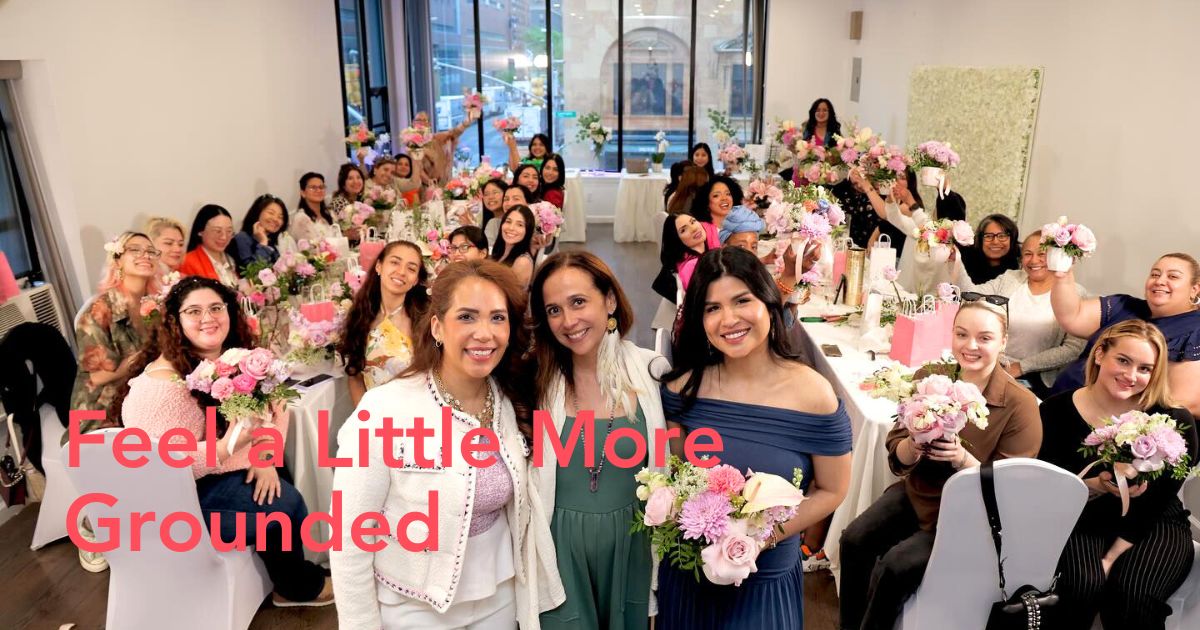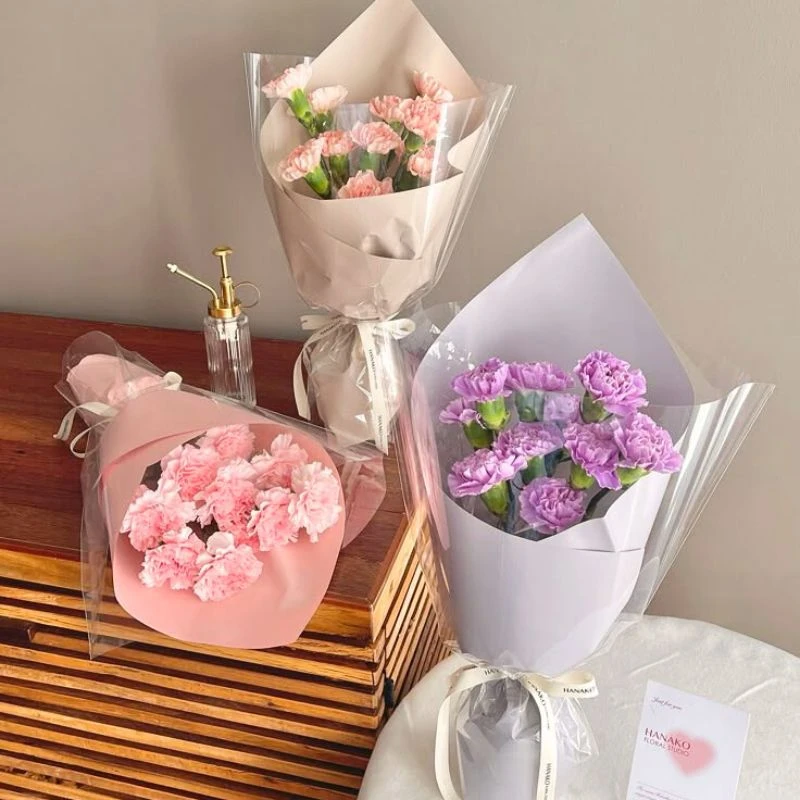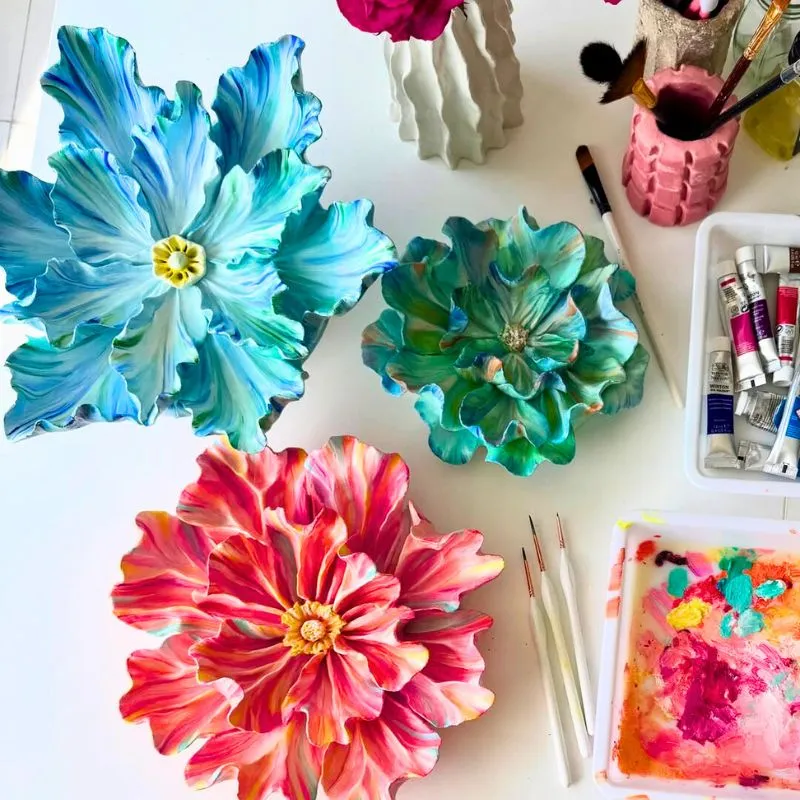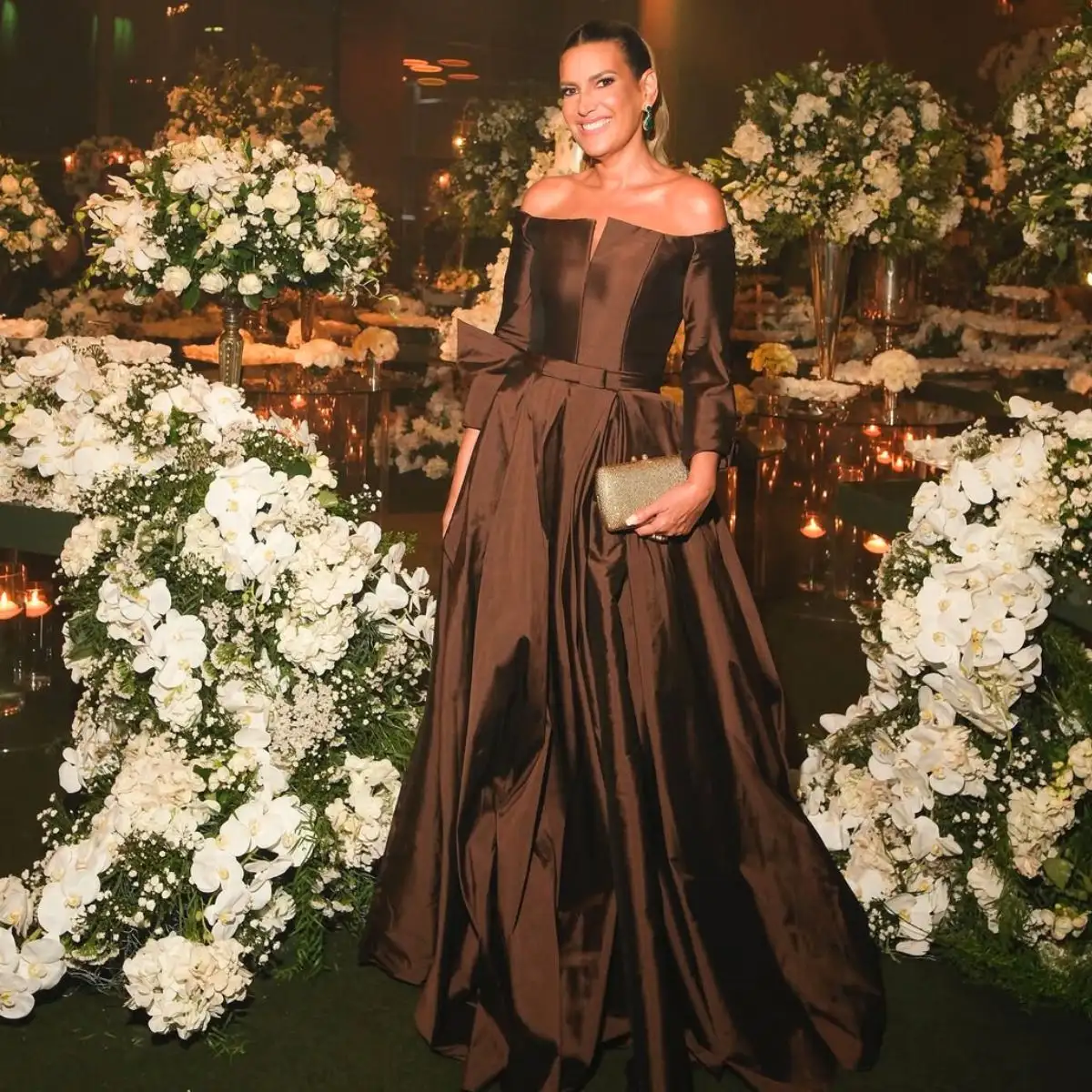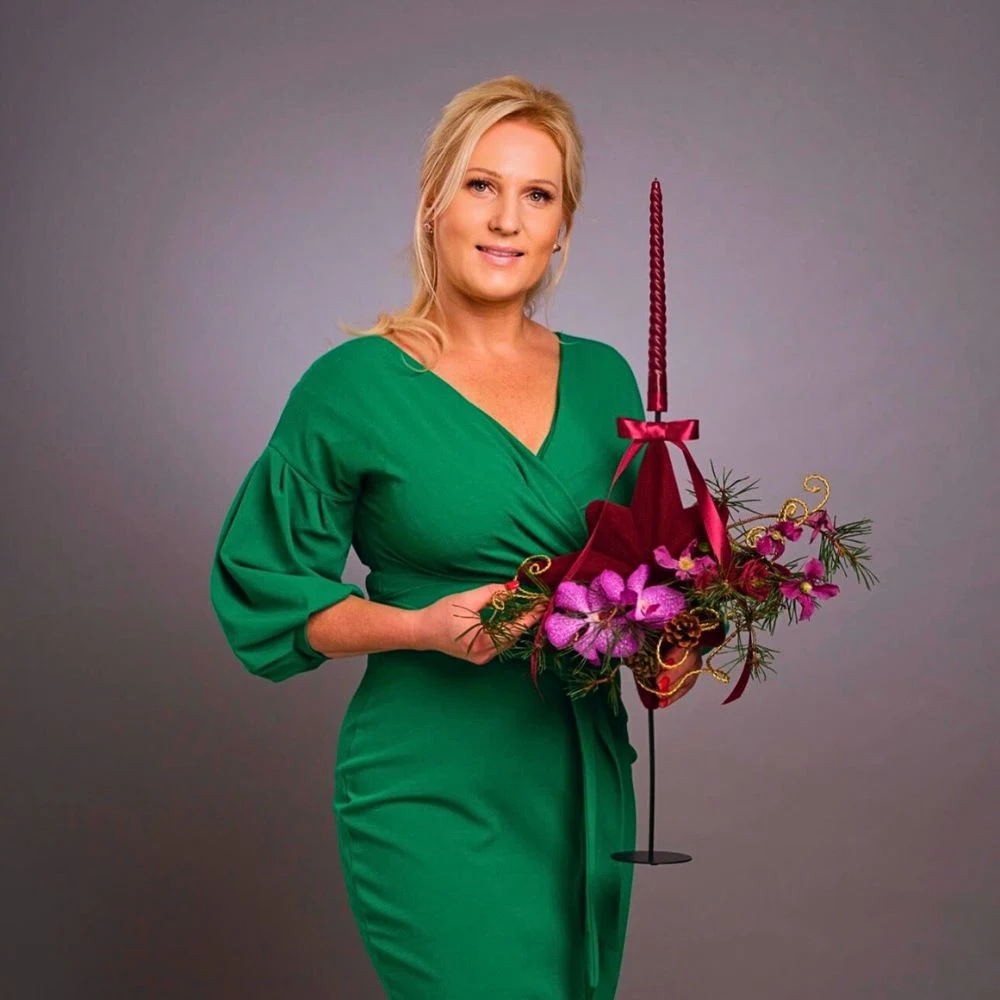Grief is heavy. Some days it crashes without warning. Other days, it’s just a quiet ache that follows you around. In those moments, it’s hard to know where to put all that emotion.
You can’t always fix the pain, but you can create small moments that help you move through it. And floral rituals do just that. Picking out flowers, arranging them, or placing them somewhere that matters — it’s not about making things look nice. It’s about feeling connected.
You don’t need to follow rules or traditions. What matters is that it feels right to you. This blog will show how flowers can help you cope, heal, and feel a little less lost.

Types of Floral Rituals That Support Grief and Recovery
There are many types of floral rituals. But here are some that support grief and recovery.
Creating a Memorial Bouquet or Floral Altar
Pick flowers that remind you of the person you lost — maybe their favorite color, or the kind they used to grow. Place them on a table, near a photo, a candle, or even beside a cremation urn if that feels meaningful to you.
This space doesn’t need to be elaborate. It just needs to feel right. You can sit quietly, say a few words, or simply be there with your thoughts.
It becomes a place you can return to when emotions feel too big — a small, personal way to say, “You’re still here with me.”
Planting Flowers or Dedicating a Garden
Planting something living helps you feel connected. You’re not just remembering someone — you’re growing something in their name. Whether it’s one flower pot on your balcony or a small patch in your yard, tending to it becomes a gentle act of care.
Every time you water the soil or see new blooms, it brings a quiet comfort. It reminds you that even after loss, life can still grow — and so can you.
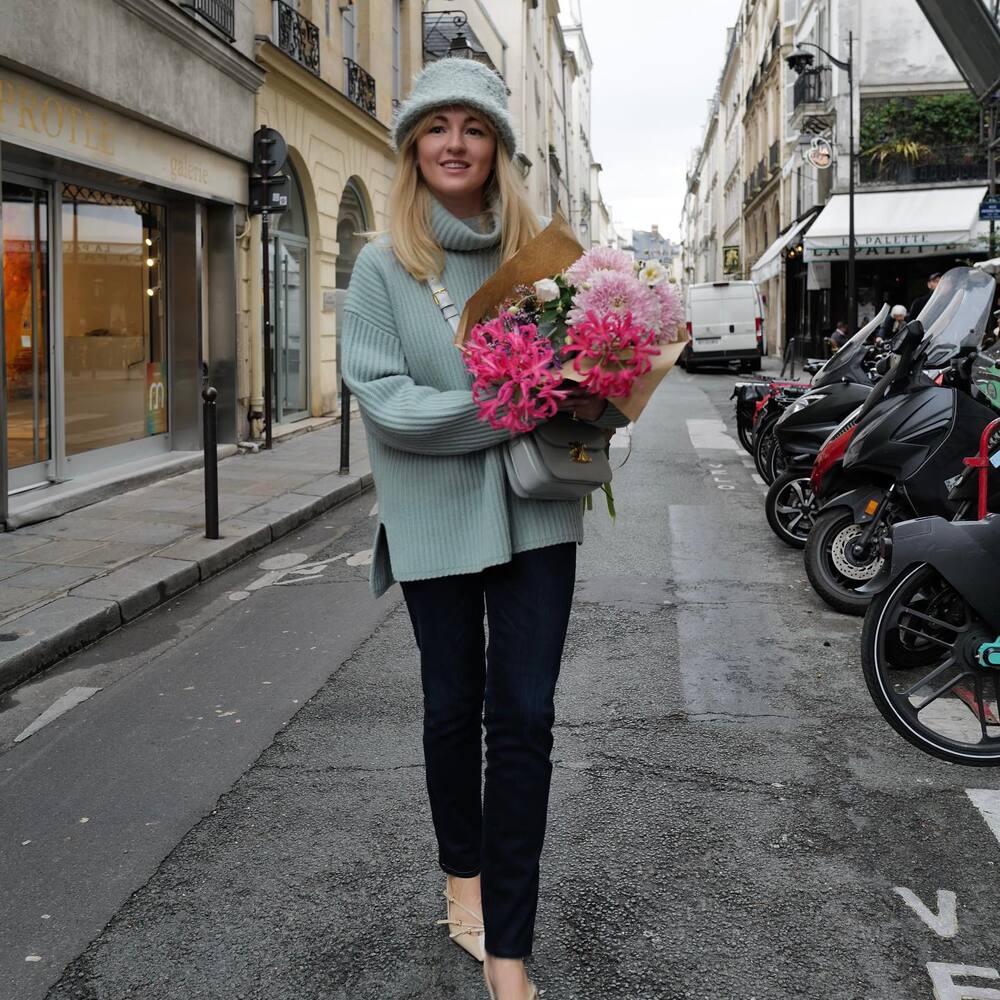
Petal Release Ceremonies
Sometimes, you just need a way to let go. A petal release is a beautiful way to do that.
Take flower petals — fresh or dried—and gently release them into water, bury them in the earth, or scatter them in the wind.
Say a few words if you want, or just breathe. The act of letting the petals go is simple, but it speaks volumes. It says goodbye. It honors memory. And it gives your hands something to do when your heart feels full.
Daily or Weekly Flower Offerings at Home
Grief doesn’t end in a week. It lingers — quiet on some days, heavy on others. That’s why small rituals can help you feel a little more grounded.
Placing a fresh flower in a vase every Sunday, or setting a small bloom next to a photo each morning, creates a gentle rhythm. It doesn’t take much time, but it slowly becomes a way to stay connected.
Dr. Amanda Baes, Owner of Healing Hands Chiropractic, shares, “Grief lives in the body as much as the mind. Simple routines like placing a flower or lighting a candle help calm the nervous system and create a sense of peace, even during difficult moments.”
Writing Notes to Place With Flowers
Sometimes the words you didn’t get to say sit heavy in your chest. Writing a short note — a memory, a thank-you, or even just “I miss you” — and placing it with flowers can bring a quiet kind of relief.
You can leave the note under a flower vase, tuck it into a bouquet, or bury it beneath a plant. It doesn’t have to be long or perfect. It just needs to be honest. This small act lets you express what’s been building up inside — without needing an audience.
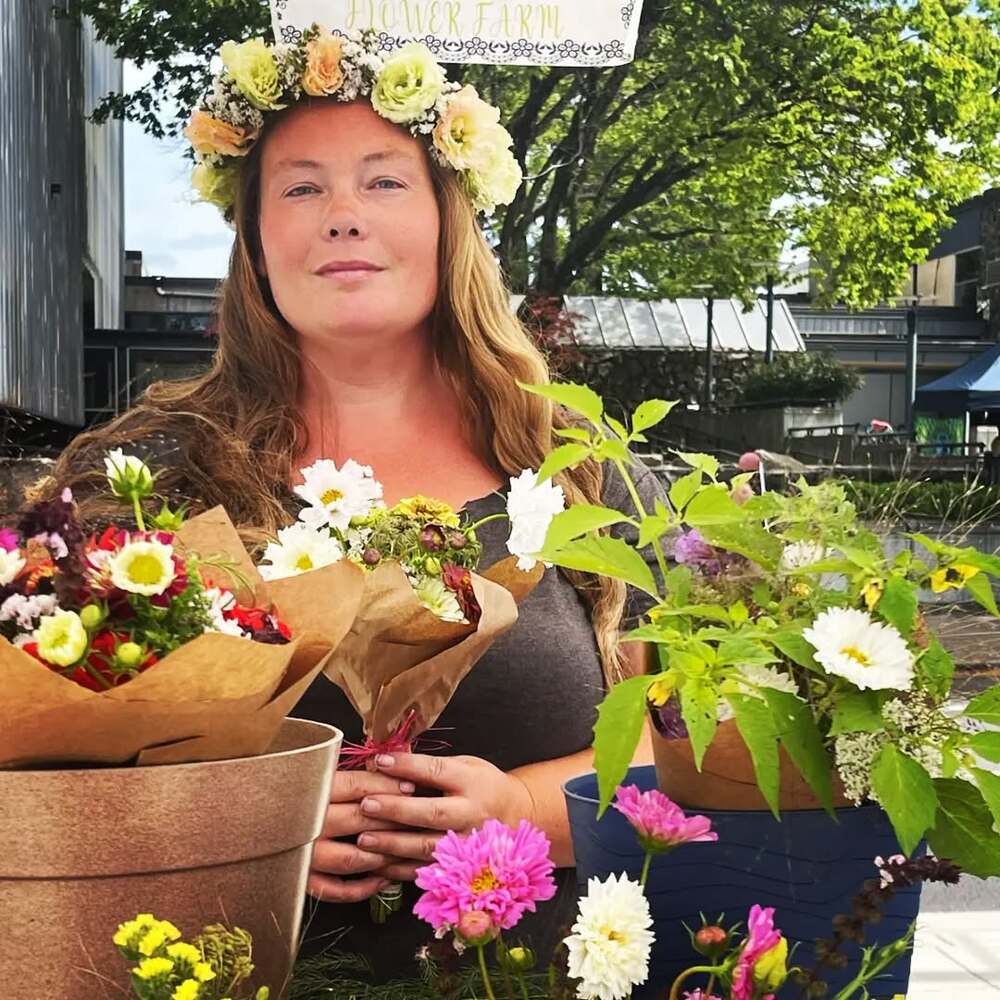
Why Floral Rituals Help With Mental Health
Here are some major reasons why floral rituals help with mental health.
They Give You a Small Control
When you're grieving, life can feel out of your hands. Everything changes. Nothing feels steady. Creating a floral ritual — like arranging flowers or watering a memorial plant — gives you something you can do.
Of course, it’s a small task, but it brings a little structure to the chaos. You choose the colors, the placement, the meaning. That simple control calms your mind and helps you feel less helpless, even if it’s just for a moment.
They Help You Stay Present
Grief can pull your mind in every direction — regrets, memories, things left unsaid. It’s hard to feel calm when your thoughts won’t stay still.
Floral rituals help bring you back to the present. Just holding a flower or placing it in water can give your hands and mind something gentle to focus on. You breathe a little deeper. You come back to now.
Vladimira Ivanova, Psychologist at The Diamond Rehab Thailand, said, “In recovery, even small grounding practices can make a difference. They help settle overwhelming emotions and give the mind a quiet moment to reset, which is essential in both grief and healing.”
You don’t have to do it perfectly. Just being here, at this moment, is enough.
They Let You Express Emotions Without Words
Not everyone can talk about their pain. Sometimes the words just don’t come. Floral rituals give you a way to feel without needing to explain.
Placing a flower beside a photo, scattering petals into a river, or planting something in someone’s memory — these acts say what’s in your heart, without saying anything out loud. It’s quiet, but it’s real. And that kind of non-verbal healing can be just as powerful as talking.
They Create a Peaceful Routine
Grief makes days feel blurry. You forget what day it is. You stop doing things. Having a floral ritual — maybe it’s a weekly bouquet, a daily offering, or tending a memory plant — builds a gentle rhythm. It gives your day or week a small purpose.
And that kind of routine isn’t about being “productive”—it’s about staying connected to life, one peaceful habit at a time. When everything else feels messy, this little act can anchor you.
Routines rooted in calmness and intention, like floral rituals, can also improve sleep quality. Engaging with natural scents and soothing visual patterns helps signal the brain to wind down, particularly in the evening.
Martin Seeley, CEO & Senior Sleep Expert at Mattress Next Day suggests, “When practiced consistently, these rituals can reduce sleep deprivation and quiet mental chatter — making it easier to fall asleep and stay asleep. In times of grief or emotional recovery, even subtle improvements in rest can make a meaningful difference in overall wellbeing.”
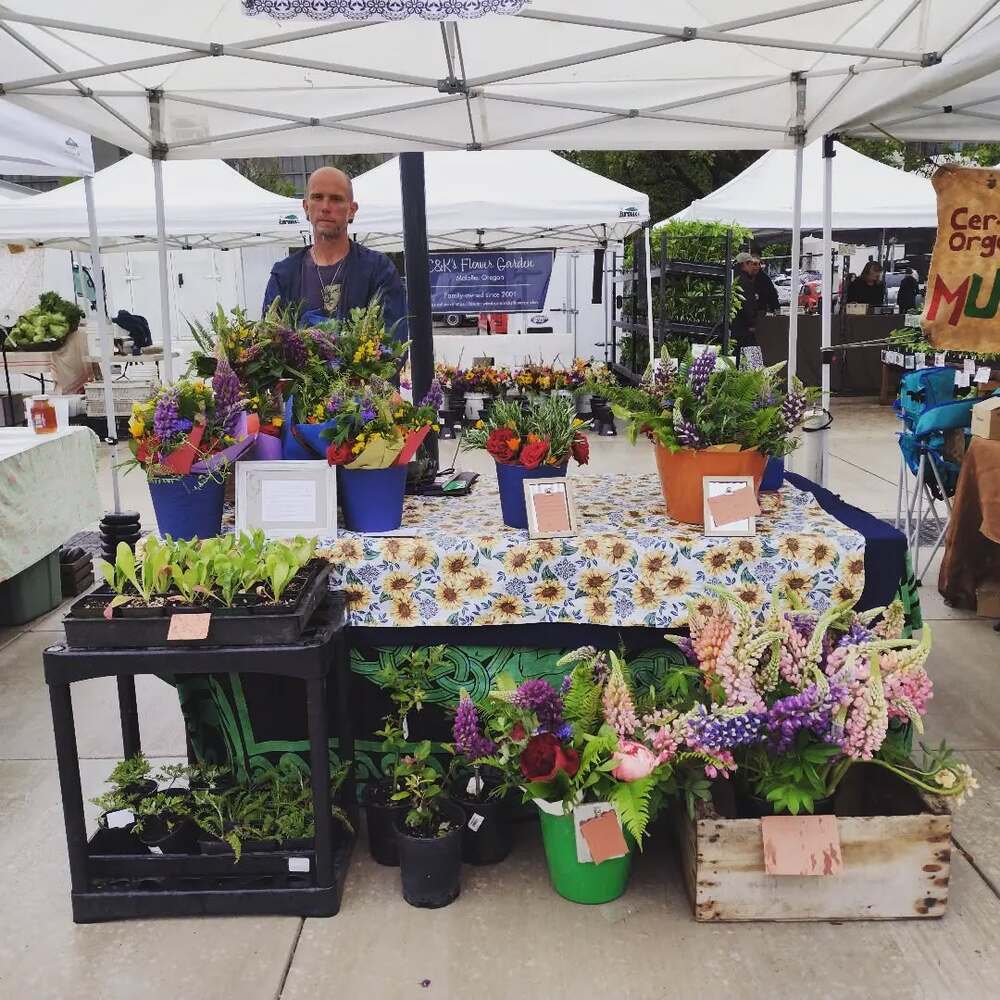
They Bring Beauty Into Painful Moments
Flowers offer beauty in the middle of that pain. They don’t erase the loss, but they soften the space around it. Their colors, shapes, and scents remind you that there’s still something gentle in the world.
And sometimes, that reminder is enough to help you keep going. Beauty doesn’t solve everything, but it does help you breathe, notice, and slowly come back to yourself.
How to Start Your Own Floral Ritual
It’s difficult to start your own floral ritual. But you can follow these steps below to create a perfect one.
Start With One Simple Gesture
You don’t need to plan something big. Just start small. Pick up one flower — yes, just one. Maybe it’s from your garden, a store, or even a wild one you found on a walk.
Place it somewhere meaningful — a shelf, a photo frame, your bedside table. Take a moment to sit with it. No need to say anything unless you want to. This isn’t about doing it “right.” It’s about starting.
One flower, one moment, one small pause. That’s enough to begin. From there, you’ll start to notice what feels right to you — what brings comfort or calm. That’s your first step.
Choose Flowers That Feel Personal
You don’t have to know anything about flower meanings or symbolism. Just go with what speaks to you. Maybe you pick a flower that reminds you of someone you lost. Or a color that makes you feel safe. Maybe it’s a bloom they used to grow, or one you saw on the day they passed.
It doesn’t have to make sense to anyone else. The meaning is yours. When you make choices that feel personal, the ritual becomes more than just an action — it becomes a connection. You’ll feel it in your chest.
Create a Space That Feels Safe
Find a quiet spot where you can place your flowers — a corner shelf, a small table, a windowsill. It doesn’t need to be fancy. This is your space.
Add a photo, a candle, a note — whatever feels right to include. The point is to have a place you can come back to. Somewhere that gives you a little peace. Somewhere you can pause. Even if you live with others, you can still make this space feel like yours. Let it be a place where you don’t have to explain anything. A space where your feelings are allowed to just exist, explains Dan Close, Founder and CEO of BuyingHomes.
Build a Rhythm That Works for You
You don’t have to do this every day. Start with once a week, or just when you feel pulled to it. Maybe every Sunday morning you change the flowers. Maybe on the 10th of each month, you sit and light a candle.
Find a rhythm that feels natural — not like a chore, but like a check-in with yourself. Some people find peace in routine. Others prefer to do it when the moment feels right. Either way is okay. The point is not to force anything. Just let it become part of your life slowly, in a way that feels kind to you.

Let the Ritual Evolve Over Time
Your grief will change. Your needs will change. And so will your ritual — and that’s okay. What brings comfort one month might feel different the next.
You might add new flowers. You might move your ritual outside. You might start writing little notes. Let the ritual grow with you. There’s no fixed way to do this.
The only rule is that it should feel honest. If it stops feeling right, shift it. Make it yours, again and again. That’s how you keep healing — not by staying the same, but by giving yourself space to change gently over time.
Combine Flowers With Something You Already Do
You don’t have to set up a whole new routine from scratch. Try weaving your floral ritual into something you already do.
If you drink tea in the morning, place a flower near your cup. If you journal at night, keep a small vase nearby. These gentle pairings help the ritual feel less like a “task” and more like part of your day.
The goal is to make it feel natural and comforting — not something you have to schedule, but something that slowly becomes part of your rhythm.
Use the Process to Reflect, Not Just Decorate
Arranging flowers is more than a visual thing. It’s a moment to reflect.
As you trim the stems, notice what’s coming up in your thoughts. As you place each bloom, think about who or what you’re honoring. Maybe one flower stands for love, another for loss, another for strength. Let it be quiet and personal.
You’re not designing for anyone else. You’re creating space for yourself — to process, to remember, to simply feel. That’s what makes it a ritual.
Include Scent for Deeper Comfort
Scents have a powerful way of reaching into memory and emotion. Some flowers — like lavender, jasmine, or roses — can help calm your nervous system or remind you of someone you loved, suggests Julian Lloyd Jones, from Casual Fitters.
When you choose flowers with scent, you’re adding another layer of connection. Try sitting near the flowers and taking a few deep breaths. Let the scent settle your body. Even five quiet minutes like this can reduce anxiety and help you feel more grounded.
Don’t Worry About “Doing It Right”
This part matters more than anything else — there is no right way to do this. You don’t need to follow anyone’s steps or use fancy flowers. If your ritual is just picking a dandelion and putting it in a glass jar, that’s enough.
What matters is that it means something to you. You’re not performing. You’re connecting — with yourself, your memories, your emotions. The more honest it feels, the more healing it becomes. Trust your instincts. Let your heart lead.
Wrapping Up
Grief is hard, and healing takes time. There’s no quick fix, but small things can help — like using flowers to remember, to feel, and to breathe. You don’t need to do anything big. Even placing one flower by a photo or planting something in someone’s name can bring comfort.
It gives you a quiet way to stay connected to who or what you’ve lost. There’s no right or wrong way to do it. Just follow what feels right for you. Some healing starts in simple moments and flowers can help you take that first step.

